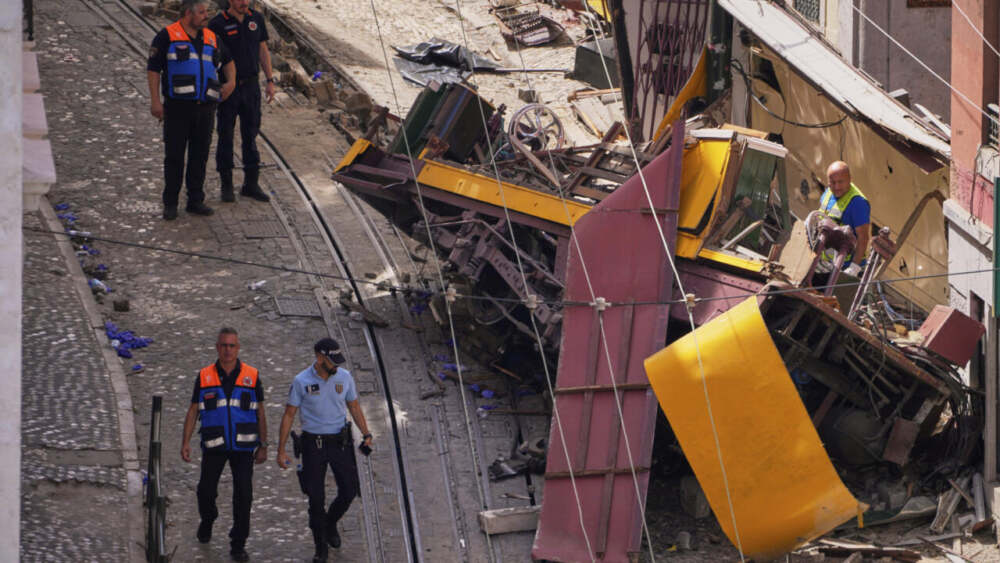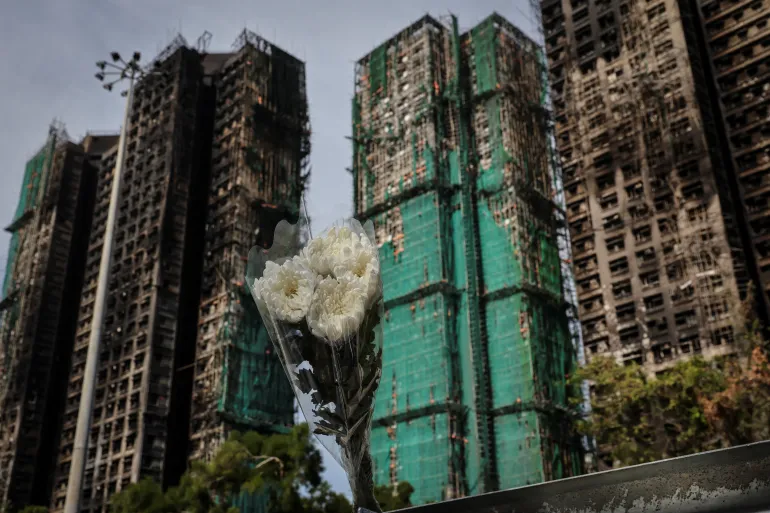Lisbon is reeling after investigators revealed shocking new details about the September crash of the city’s iconic Elevador da Glória funicular, which claimed sixteen lives and injured more than twenty others. According to the preliminary report released by Portugal’s accident investigation agency, the tragedy was caused by a substandard steel cable that had not been certified for passenger use — a revelation that has sent waves of anger and disbelief through the country.
A Historic Landmark Turned Deadly
The Elevador da Glória, which connects Lisbon’s downtown Restauradores Square to the Bairro Alto district, has long been one of the capital’s most beloved historic transport systems. But on that tragic day, what should have been a routine ascent up one of Lisbon’s steep hills turned into chaos.
Shortly after departure, the cable linking the two carriages snapped. Without the balancing weight of its twin car, one carriage accelerated uncontrollably down the hill, derailed, and crashed into a building at high speed. Eyewitnesses described a “thunderous metal scream” as the carriage tore loose and plunged toward the base of the track.
The Investigation’s Shocking Findings
Investigators determined that the steel haulage cable — responsible for keeping both cars counterbalanced — was not suitable for passenger transport and did not meet the technical specifications required for such operations. It had been in use for less than a year, yet showed visible signs of wear and manufacturing flaws.
The report further found that several safety mechanisms failed simultaneously. Both the automatic pneumatic braking system and the manual emergency brake failed to activate properly after the cable broke, leaving passengers with no chance to escape.
Investigators also criticized the funicular’s maintenance protocols, calling them “incomplete, inconsistent, and outdated.” The report cited five cases where safety standards were either obsolete or inapplicable to modern requirements.
Outsourced Maintenance and Lax Oversight
The investigation has also raised serious questions about the operator’s long-standing maintenance practices. Since 2007, the maintenance of Lisbon’s funiculars has been outsourced to a private contractor. According to the report, documentation and oversight were so weak that the funicular was allowed to operate with uncertified components and inadequate testing of its safety systems.
Experts have warned that outsourcing such critical responsibilities without sufficient government inspection creates dangerous gaps in accountability. “It’s a case study in how heritage systems, when treated as tourist attractions rather than functioning transportation, can fall into regulatory neglect,” said one transport safety analyst.
Government Reaction and Public Anger
Following the release of the report, Portuguese officials have vowed to hold those responsible accountable. The Ministry of Infrastructure announced that it has opened a criminal inquiry to determine whether negligence or fraud was involved in the procurement of the substandard cable.
Prime Minister António Costa expressed condolences to the victims’ families and pledged a full review of Lisbon’s historic transport systems. “This tragedy must never happen again,” he said in a statement. “Public safety cannot be compromised, regardless of whether a system is modern or over a century old.”
Public outrage remains intense. Residents and local unions have demanded immediate audits of other historic rail systems, including the Bica and Lavra funiculars, which remain suspended pending further inspections.
A Symbol of Neglect
For Lisbon, the crash has become a painful symbol of how heritage and safety can collide. The Elevador da Glória, inaugurated in 1885, is both a functioning public transport line and a protected historical monument. Over the years, it has undergone numerous modernizations, but critics now argue that these upgrades focused more on aesthetics than engineering reliability.
Transport historians point out that the tragedy exposes a wider problem in maintaining older infrastructure — a reliance on patchwork repairs instead of systemic modernization. “When systems rely on outdated components or uncertified parts, it’s only a matter of time before disaster strikes,” said a Lisbon-based engineer familiar with the investigation.
Next Steps and Ongoing Risks
The investigation agency has emphasized that the current report is preliminary. A final version, expected within a year, will provide detailed recommendations and possibly identify individuals or entities responsible for regulatory violations. Meanwhile, Lisbon’s other funiculars will remain out of service until every safety component has been reviewed and re-certified.
Authorities have also announced a plan to create an independent safety commission tasked with auditing all of Portugal’s heritage railways. The goal is to ensure that cultural preservation does not come at the cost of passenger safety.
Remembering the Victims
As Lisbon mourns, flowers and candles continue to line the foot of the Elevador da Glória tracks. Locals have left handwritten messages, calling for justice and reform. One sign, written by a grieving relative, reads simply: “Sixteen lives for a broken cable — never again.”
The Broader Lesson
The Lisbon funicular crash is more than an isolated tragedy — it’s a wake-up call for all cities that operate historic transportation systems. Safety cannot rely on tradition, appearance, or nostalgia. It must rest on the same uncompromising engineering standards as any modern network.
For Lisbon, a city that prides itself on blending history with progress, the cost of overlooking that balance has been devastating. The challenge now is to ensure that no other passengers pay the same price.
















Leave a Reply